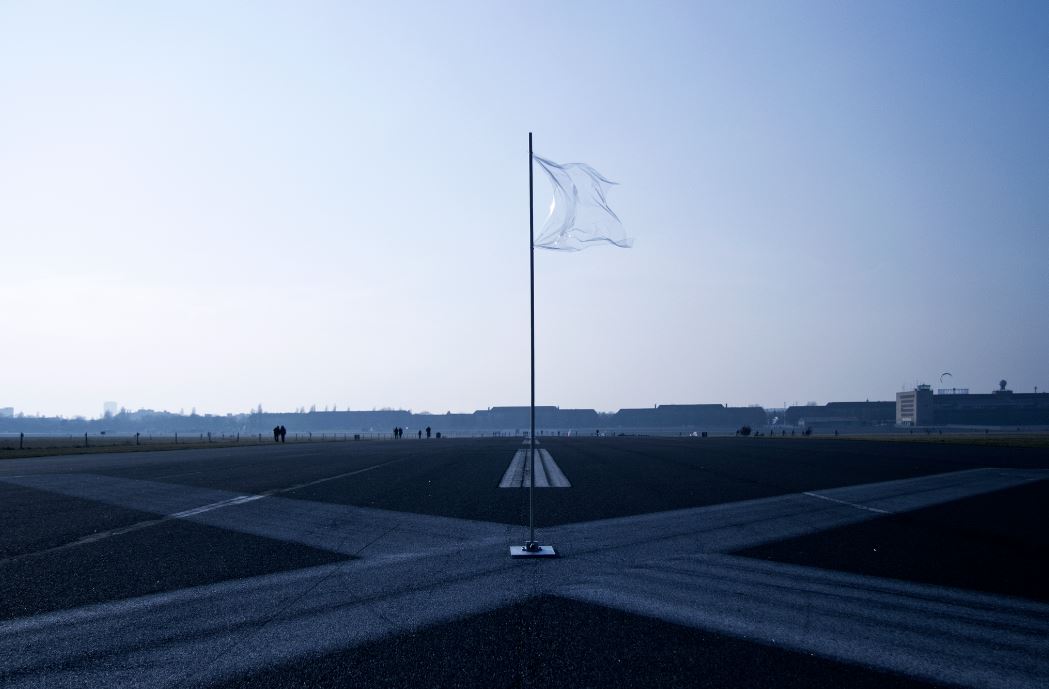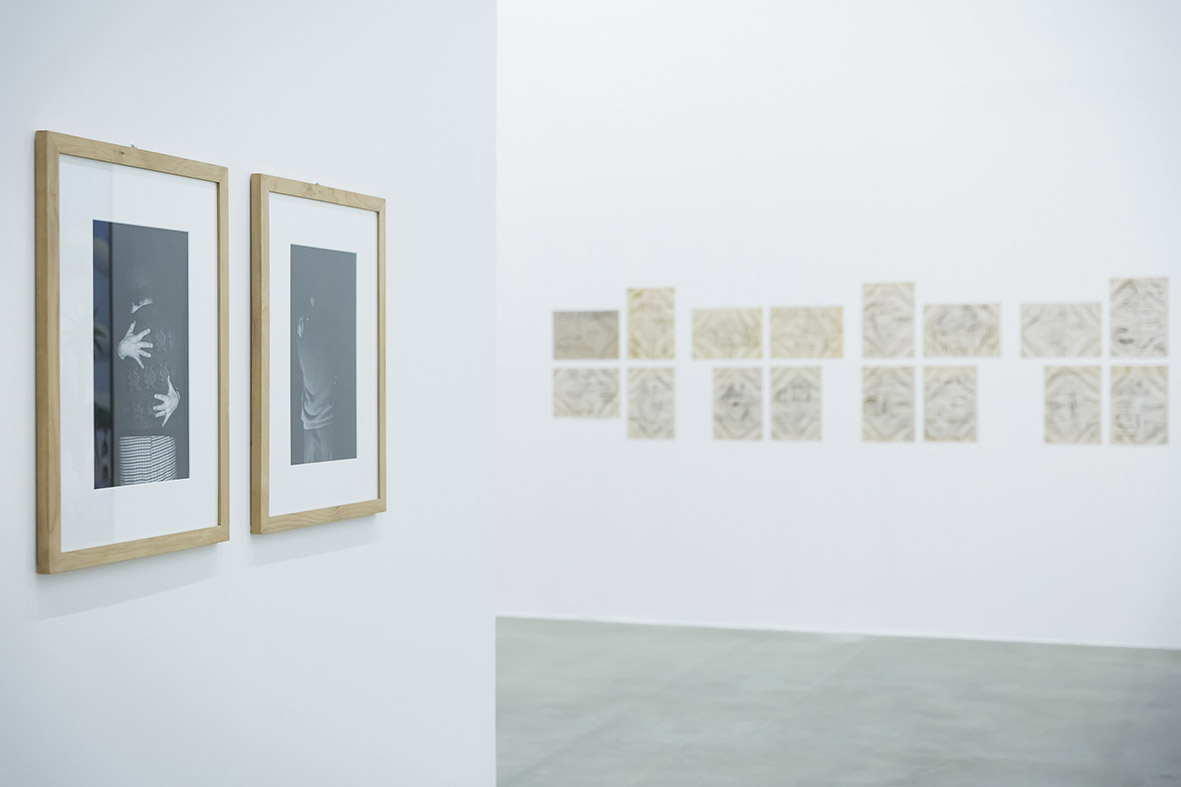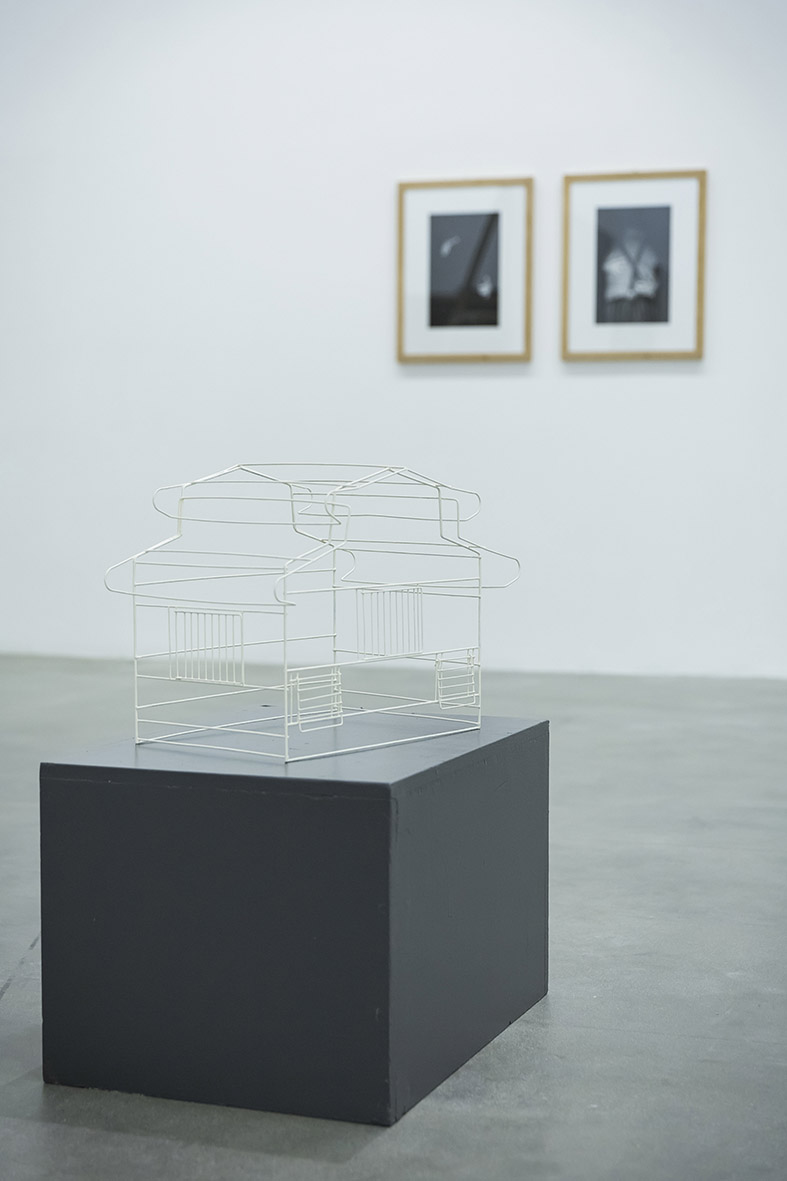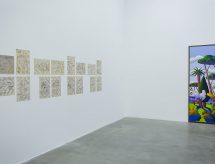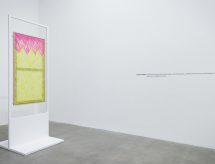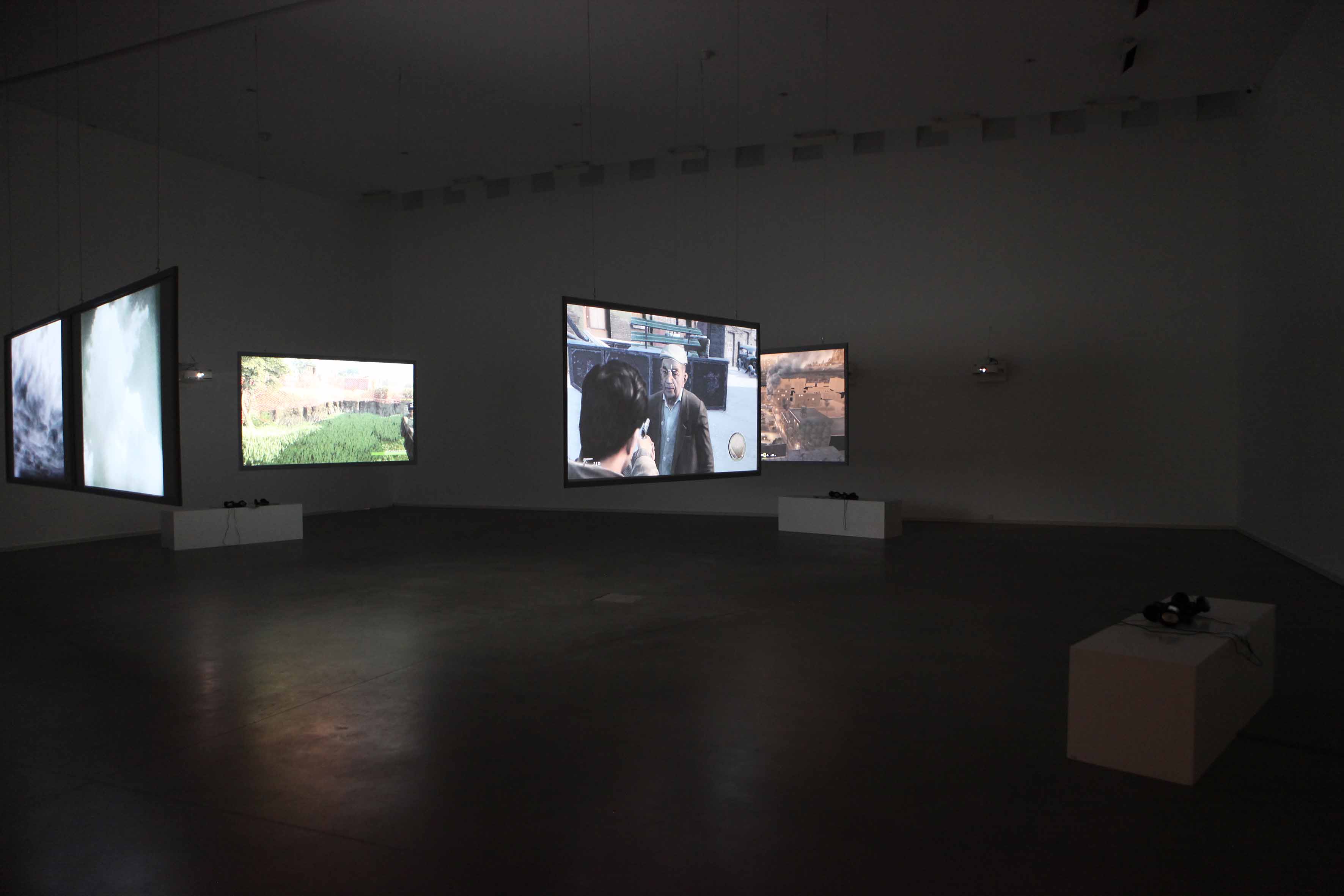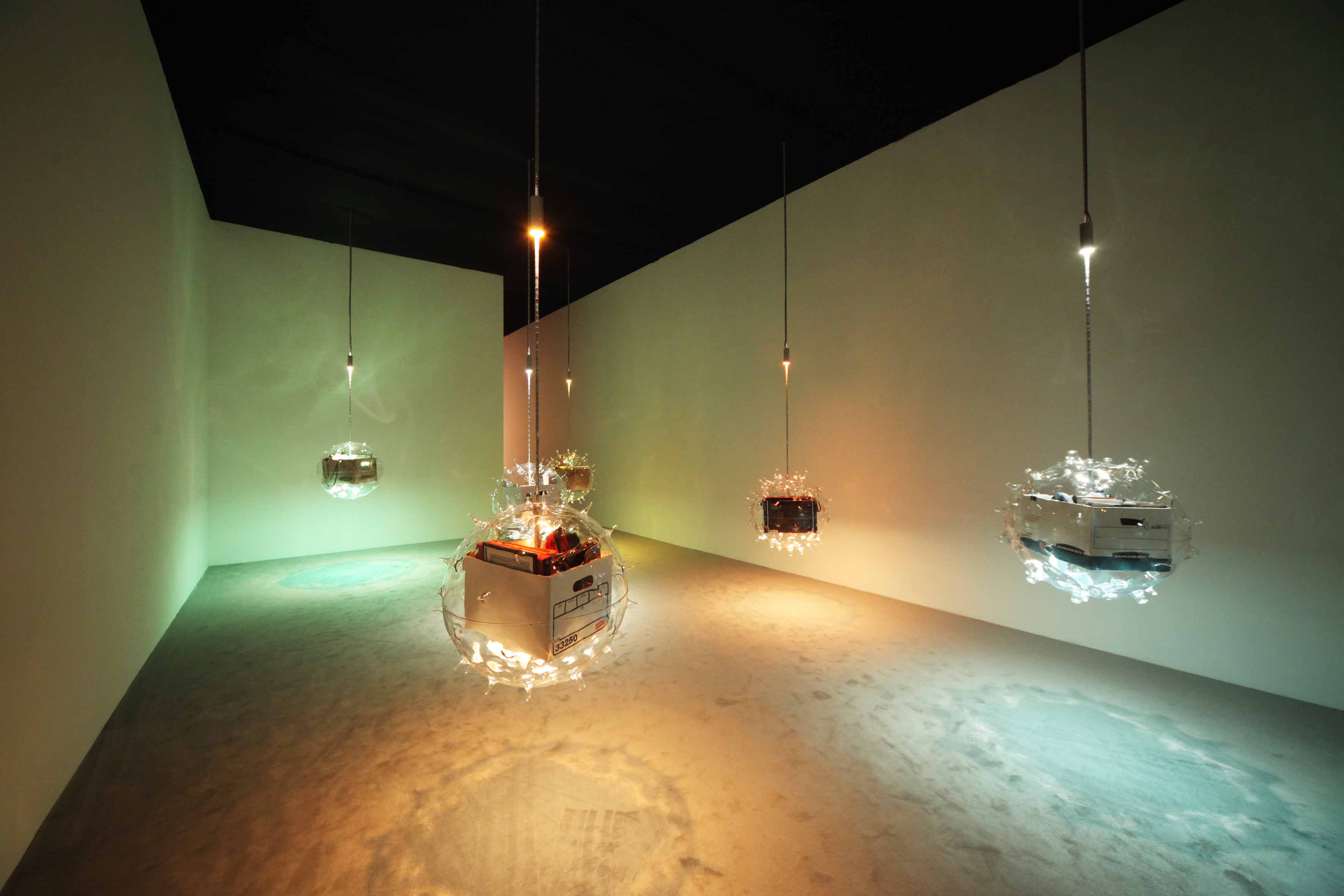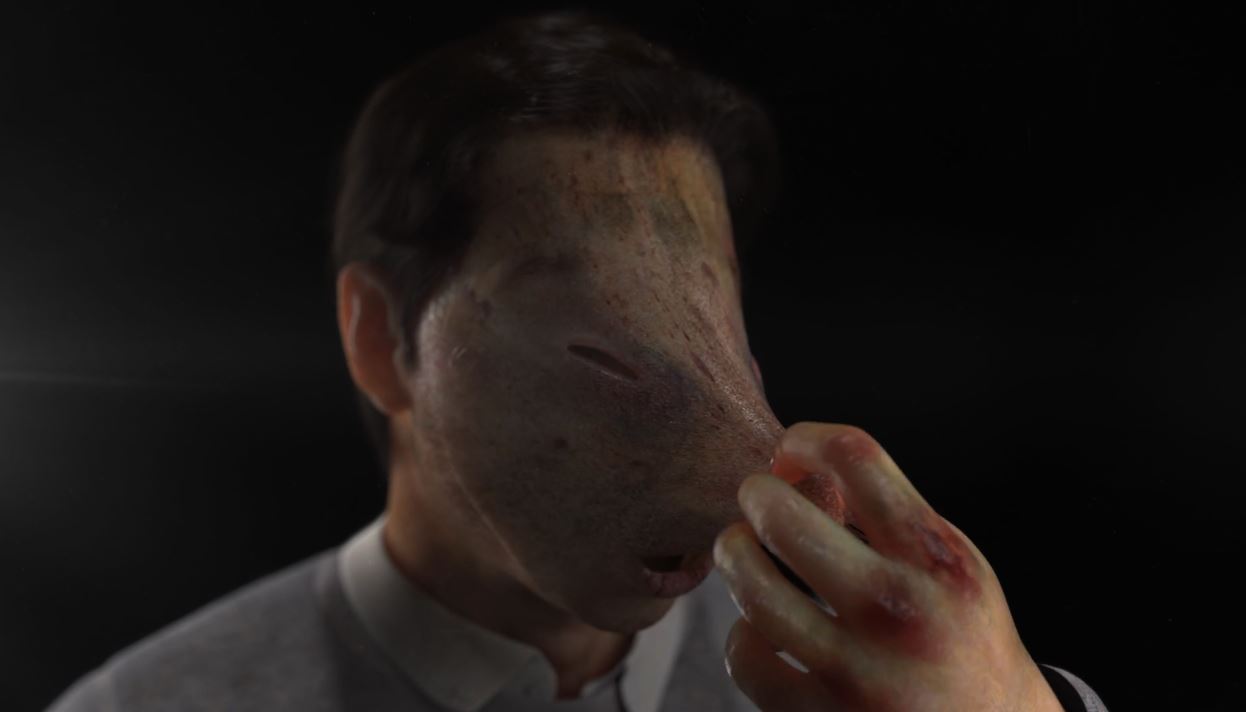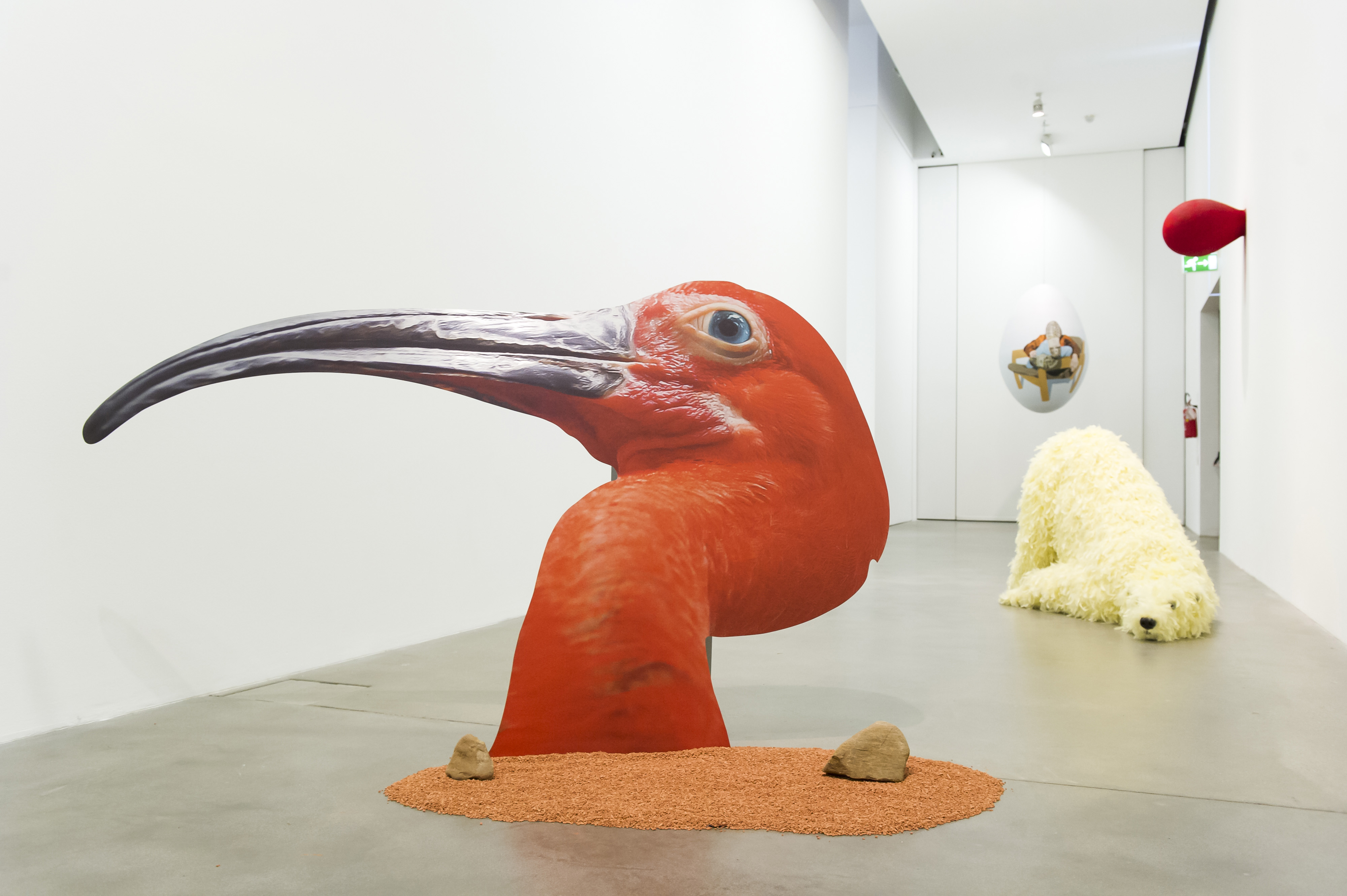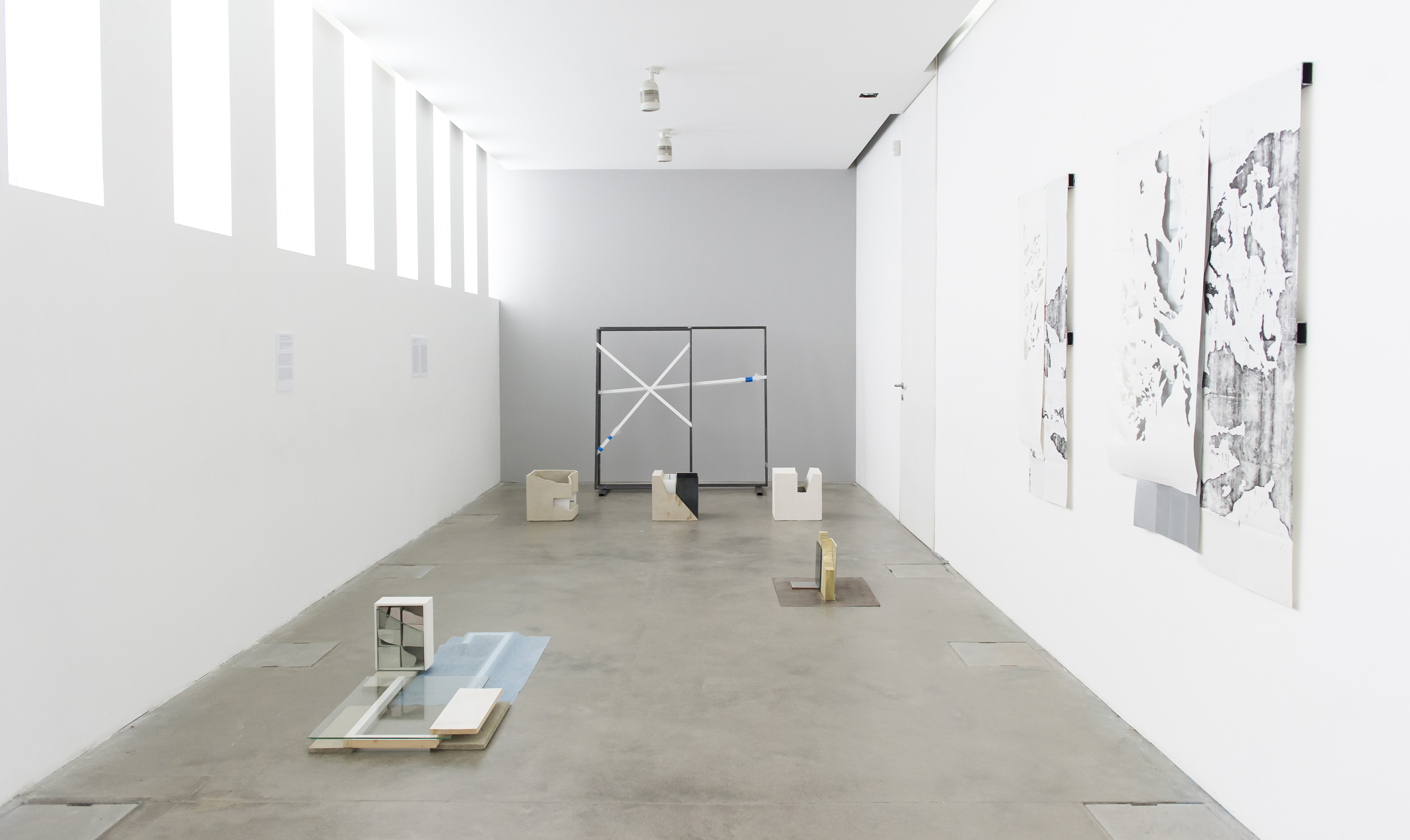Artists: Carla Accardi, Vanessa Alessi, Elisa Caldana, Nicolò Degiorgis, Collettivo Fernweh, Fortunato Depero, Cady Noland, Luigi Ontani, Turi Rapisarda, Salvo
Passo Dopo Passo seeks to examine diverse – both historical and contemporary – artworks and artistic practices that reflect on the status of movement, openness and enclosure, fear and expectations. The exhibition is linked to an Italian perspective – that of a country with an intrinsic relationship to questions of migration. From a historical point of view, the Mediterranean peninsula has been shaped by violent invasions, followed by waves of emigration and immigration, leading to a complex dynamics of different identities and diverging ideologies.
Drawing on historical precedents, the exhibition presents several books by Fortunato Depero (b. 1892), an artist and designer affiliated with the Futurist movement. These personal notebooks, manuscripts, and published books reveal the artist’s optimism associated with modernism and his personal transatlantic ambitions, and the potential of new social order despite crippling violence. Idealistic, and at times childlike, these lofty visions of Depero find a harsh and sobering reality, tracing an individual’s aspirations and eventual disillusionment within the systemic socio-political ruptures of the thirties and forties.
Shifting ahead to the sixties, seventies, and eighties, works by Carla Accardi, Luigi Ontani, and Salvo represent a later generation of Italian artists. Their practices each reveal diverging conceptions of and reactions to reality, but share a common aesthetic vibrancy, and even playfulness. In their work, we see the conceptualization of alternate realities and social spaces. For instance, Salvo’s collection of drawings on stationary paper from different hotels resonates with his research on the Mediterranean landscape as both a place of idealization and refuge, while simultaneously recording the artist’s own movement.
Stepping forward into contemporary practices, the work of Vanessa Alessi, Elisa Caldana, Collettivo Fernweh, Nicolò Degiorgis, Cady Noland, and Turi Rapisarda illustrates a continuation of these themes and furthers the engagement with social space, movement and locality. In relation to issues of migration, the vision of horizon plays a central role. The view of the ocean or the mountains in paintings, photographs, and videos, is a visual symbol rich with cultural connotations, revealing the hopes, projected by the individual and society, as well as the limits. Our perspective is denied by what we cannot see – expectations are subverted or never realized. Such a sense of beyond, often representing a desired future, is fraught with illusion and uncertainty. Although not immediately visible in the works, the depiction of the landscape shifts from idealized to clinical and generic portrayals.
Other works, such as Cady Noland’s Corral Gates (1989) or Vanessa Alessi’s W-HOLE (2014–ongoing), point to the constructed limitations and borders of space. The site of the exhibition is demarcated by Alessi’s transparent flag. Fixed atop the roof of the institution, W-HOLE (2014–ongoing) presents the attempt to delineate space while evoking personal and spatial identities.
Drawn from the collection at FSRR, Cady Noland’s installation entitled Corral Gates underscores the architectural mediation of space and of the body. The viewer encounters the scene and must pass through metal gates, those typically used to confine livestock. Bullets and a bridle are slung over the partially opened gate, suggesting violence that has occurred or is about to. Has the victim been subjected to this particular violence or have they just escaped perhaps? Noland’s installation harkens back to Depero, and his optimistic journey to New York, documented in the diaristic traces and doodles, a sort of concrete poetry, of his 1931 manuscript, New York Film Vissuto: Primo Libro Sonoro. Noland’s Corral Gates echo the disillusionment that Depero eventually found with New York, ultimately precipitating his shift to and embrace of fascism.
While the exhibition is not presented chronologically, it instead presents the objects in their autonomy and reflects, in part, our brief passage, as three curatorial residents at the Fondazione Sandretto Re Rebaudengo, through Italy.
